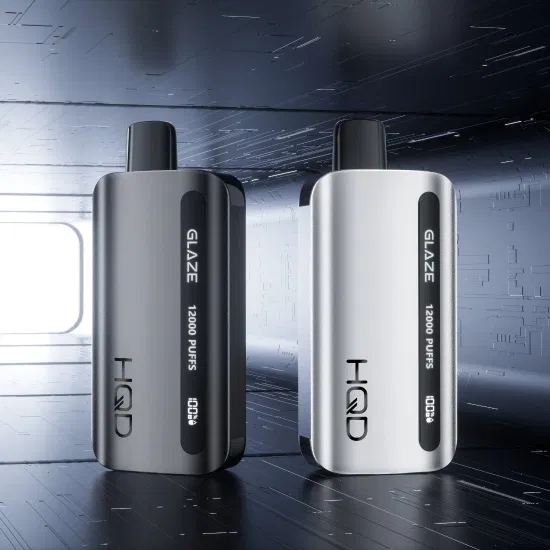The vaping industry’s growth has introduced a plethora of products designed to cater to a wide range of consumer preferences and needs. Among the vast array of options, Pillow Talk vapes have carved out a niche for themselves, particularly appealing to those in search of a soothing vaping experience. These devices are not just ordinary vapes; they come with specifications designed to enhance user experience: a generous e-liquid capacity of 13ml, offering up to 8500 puffs per device, and a nicotine strength of 50mg (5%), tailored for those who prefer a stronger hit. Additionally, these vapes are rechargeable, featuring a 650mAh battery capacity and a USB Type-C charging port, setting them apart in terms of convenience and longevity. Despite their popularity and unique selling points, the question of their safety, especially with such a high nicotine concentration, remains a significant concern. This article delves deeply into the world of Pillow Talk vapes, examining their ingredients, health implications, regulatory considerations, and consumer advisories to provide a comprehensive analysis of their safety profile.
Propylene Glycol and Vegetable Glycerin
The base for most e-liquids, including those used in Pillow Talk vapes, consists of propylene glycol (PG) and vegetable glycerin (VG). PG is favored for its flavor-carrying properties, while VG is chosen for its ability to produce a denser vapor. Although both ingredients are generally recognized as safe for oral consumption, the long-term effects of inhaling them remain a subject of ongoing investigation.
Nicotine Content
With a nicotine strength of 50mg (5%), Pillow Talk vapes contain a relatively high concentration of nicotine, raising potential health concerns. Nicotine is known for its addictive properties and cardiovascular effects, warranting careful consideration by users, especially those who are non-smokers or attempting to quit smoking.
More Read : The Pillow Talk Disposables Vape Device






